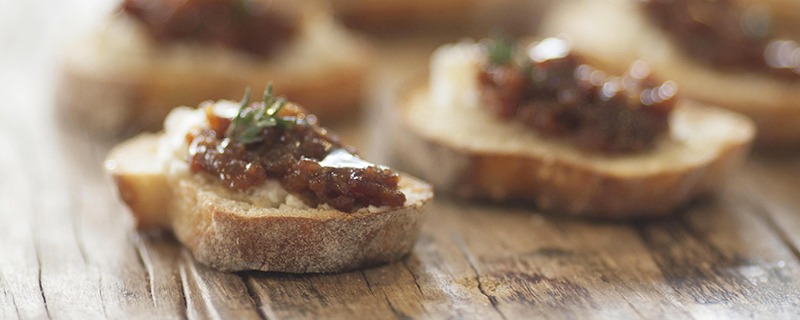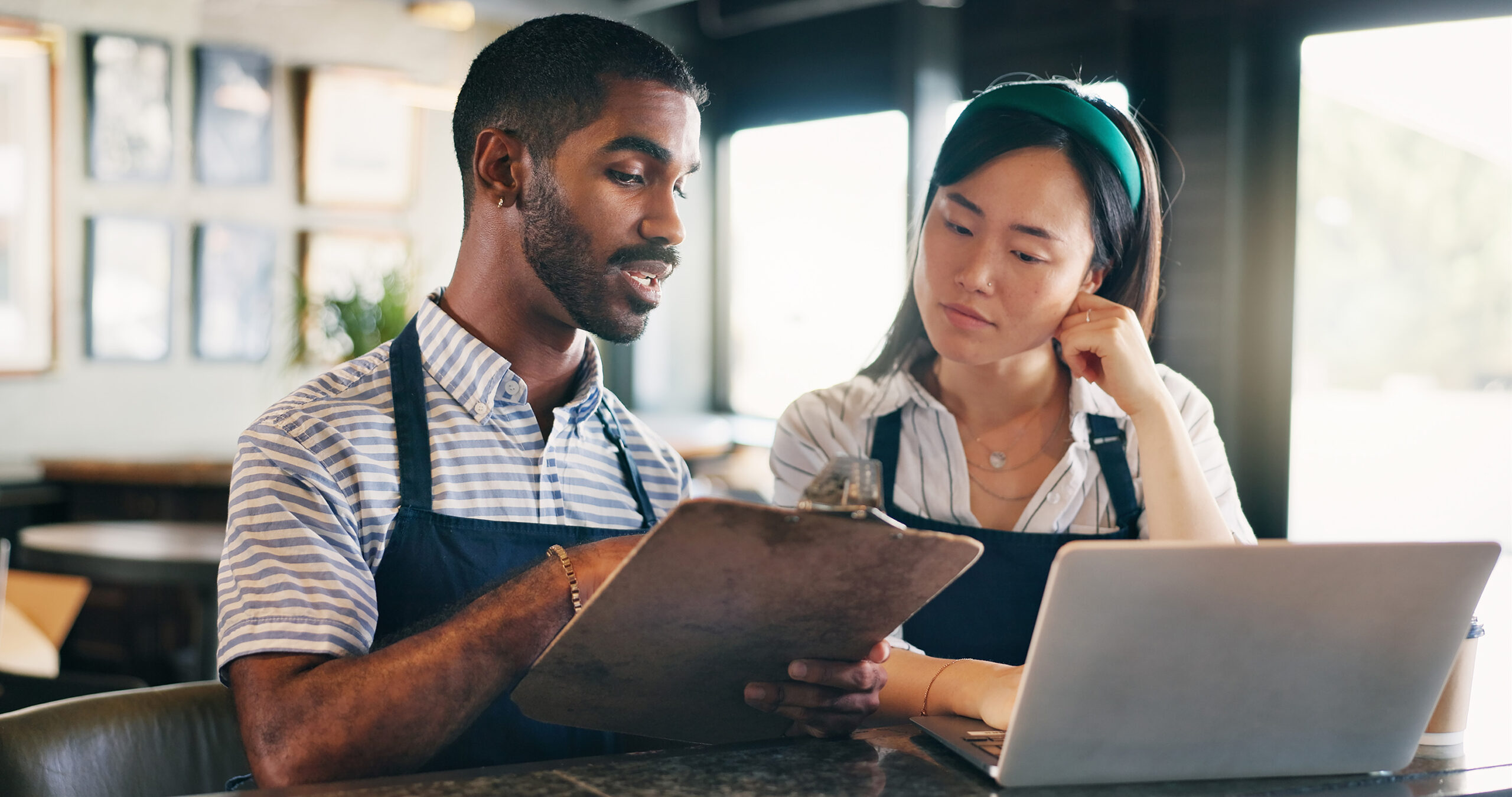Photographs and video play an important role in marketing. They are powerful, engaging communication tools when used appropriately and can deliver visual solutions, inspiration and ownable branding faster than any other medium.
The problem? Commercial photography is an investment, and with traditionally lean food marketing budgets, the ROI is often questioned and value expectations are higher than ever.
When I first entered the advertising business in 1995 as an art director, getting 4-5 beauty shots out of a day was considered aggressive. The process required viewing compositions through the camera, reviewing Polaroid proofs, selecting film brackets and sending film out for scanning and color correcting proofs. This was how great photos were achieved and the process was valued by clients. At about that same time, digital photography was starting to take off. The digital era has made the process faster and more efficient, allowing for more shots per day, with color corrections and edits made right on set.
Today, as social media and bloggers have entered the advertising mix, the need for photography and video has exponentially increased. The images surfacing from food bloggers and everyday amateurs have quickly become accepted as the “authentic” norm. Expensive, professional equipment isn’t necessary to accomplish imagery that is not only good enough, but appreciated. If you have a phone, you’re a “photographer.”
This reality has inspired many commercial photographers to evolve their businesses to accommodate the changing needs of clients—bringing more content for less money. Appetizing and impactful imagery (photos and video) is the most powerful way to share a story and inspire engagement—custom images stand out as ownable to your brand.
I value the talent and inspiration that professional photographers bring to the table and believe the investment is worth it for the right projects. There are a variety of photography/video options out there that truly can accommodate any budget. Photographers/studios are incorporating flexibility and increasing capabilities to accommodate a variety of needs. For example:
- Pricing per shot vs. half or full day rates
- Adding a social photographer to maximize usage for social media
- Implementing pre-planning to maximize efficiencies and aligning on deliverables
- Incorporating less-styled food for a more authentic, made-at-home look
- Addding value beyond the photo deliverable
It comes down to understanding your budget, needs and desired outcome to align the project with the right photographer. You might be surprised at what’s possible today!
Looking to invest in food photography? Let’s chat.


